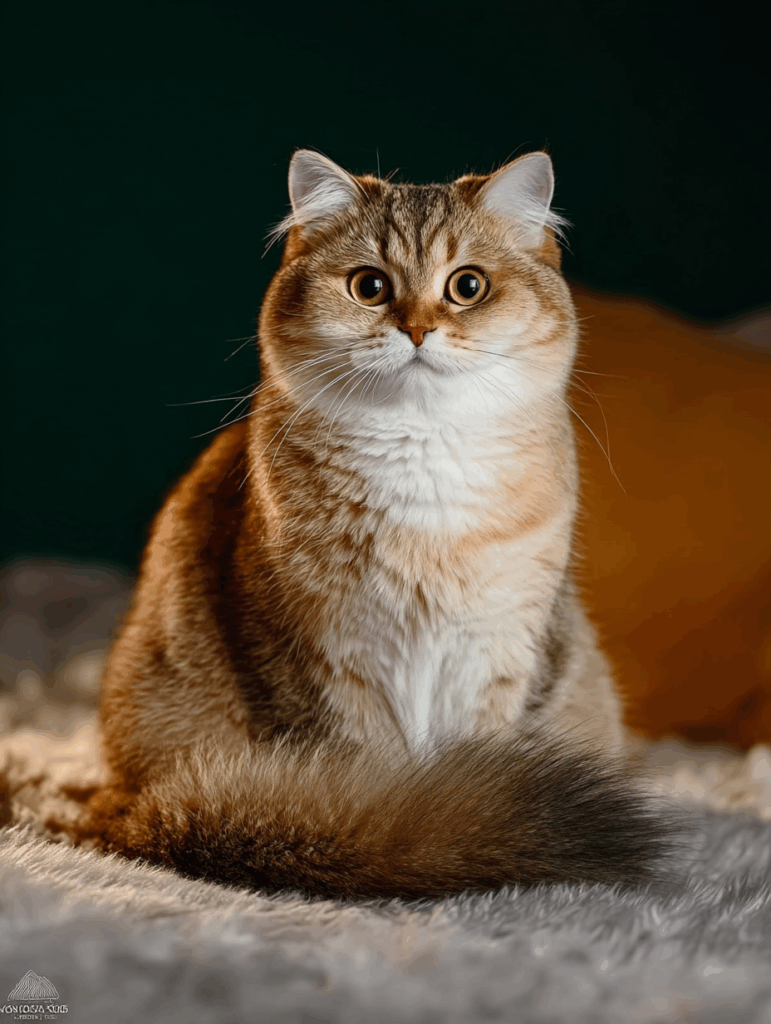
Golden British Shorthair Cats
Why did we fall in love with the Golden British shorthair? I mean, how could we not. They are the perfect house cat. They are one of the rarest color varieties of one of the most popular cats in the world. The golden British Shorthair combines dependable temperament, solid health, and striking good looks in a way that few animals can match. In a world where cats are often chosen for novelty or impulse, this one earns its place with history, numbers, and a track record you can measure.
The British Shorthair has been recognized for more than a century in major cat registries like CFA (Cat Fanciers’ Association) and TICA (The International Cat Association). In CFA’s 2023 registration data, the British Shorthair ranked in the top 10 most popular breeds in the United States. Within that popularity, golden British Shorthairs remain exceptionally rare. Breeders estimate that less than 5% of British Shorthair kittens born each year are in the golden color group. That rarity alone makes them a standout.
Section 1: The History That Shapes the Breed
The British Shorthair is often called the “Bulldog of the cat fancy” because of its stocky body and rounded features. Its origins trace back to working cats in Roman Britain that kept grain stores free of rodents. Over centuries of natural selection, these cats developed dense coats and muscular frames suited to the damp British climate.
By the late 1800s, Harrison Weir, sometimes called the “Father of the Cat Fancy,” helped establish the breed standard. Early shows in London placed British Shorthairs among the most admired cats, with the blue variety leading the way. The golden colors appeared later through selective breeding, especially in Russia and Eastern Europe in the late 20th century. Today, golden British Shorthairs are considered one of the most desirable lines in Europe and Asia, often commanding higher prices than their blue counterparts.
Section 2: What Makes Golden British Shorthairs Unique
The golden variety is not just “yellow.” Genetically, it is produced by the wide-band gene (Wb), which pushes pigment to the very tips of the hair shaft. This creates a warm golden or apricot undercoat that shimmers under light. Depending on whether the cat also carries the silver gene, you may see golden shaded or golden tipped varieties. These patterns are formally recognized in TICA and FIFe (Fédération Internationale Féline).
To give a concrete picture:
- Golden shaded British Shorthair cats have about 1/3 of each hair colored, creating a rich, even tone.
- Golden tipped British Shorthair cats have only the ends of each hair colored, which produces a sparkling, almost glowing appearance.
This coat structure does more than look attractive. It also reduces the appearance of shedding compared to solid-colored cats. While all cats shed, the lighter undercoat and banded hairs make golden British Shorthairs look cleaner with less effort.
Section 3: Health and Longevity
You do not invest in a rare cat for it to live a short or unhealthy life. This is another area where golden British Shorthairs make sense. The average lifespan of a British Shorthair is 12 to 20 years, with many living well past 15 in good homes. Veterinary studies, including data from the UK’s Royal Veterinary College, have found that the British Shorthair has lower incidences of inherited disease than many other pedigree cats, though it is important to screen for hypertrophic cardiomyopathy (HCM), the most common feline heart condition.
Responsible breeders in Europe and North America regularly perform echocardiograms to screen for HCM and provide written results. This practice, when combined with DNA tests for PKD (polycystic kidney disease), gives buyers confidence. In practice, this means you are buying into a breed with reliable health data. You can find CFA-registered breeders who can provide 3 to 4 generations of pedigree health history. That is not something every breed can claim.
Section 4: Temperament and Family Life
Numbers and history are important, but you also need to know how these cats live with people. The British Shorthair is famous for its calm and even nature. In temperament surveys conducted by TICA members, British Shorthairs consistently score as “quiet,” “adaptable,” and “good with children.”
Unlike high-energy breeds such as Bengals or Abyssinians, a British Shorthair does not demand constant activity. Instead, it thrives on steady companionship. Golden British Shorthairs are particularly valued for their slightly softer expressions, which owners often describe as “smiling faces.” This is not sentiment alone. That rounded face shape is a direct outcome of the breed’s standard, which requires full cheeks and a broad head. When combined with the golden color, it gives the impression of warmth that matches the actual personality.
If you have children, these cats adapt well. If you have a busy household, they adjust without stress. This makes them one of the safest bets for families who want a pedigree cat without the risk of sharp temperament changes.
Section 5: Economic and Cultural Value
Why should you consider cost as part of the argument? Because the cat fancy is not just about aesthetics. It is also about sustainable breeding. Golden British Shorthair kittens often sell between $3,000 and $5,000 in the United States, sometimes higher if imported from top European lines. While that may seem like a large outlay, consider this. A well-bred cat is less likely to generate high veterinary bills in middle age, and the resale or breeding value of a rare golden line can be significant.
In markets like China, golden British Shorthairs have become cultural icons. Social media data from platforms like Weibo and TikTok show that “golden Shorthair” tags attract millions of views, often outpacing other British Shorthair colors. This rising global interest means your cat is part of an international trend, one that holds its value and recognition.
Introduction: A Cat That Stands Apart
When people ask me why I keep coming back to the golden British Shorthair, my answer is always the same. This is not just another cat breed. It is one of the rarest color varieties of one of the most popular cats in the world. The golden British Shorthair combines dependable temperament, solid health, and striking good looks in a way that few animals can match. In a world where cats are often chosen for novelty or impulse, this one earns its place with history, numbers, and a track record you can measure.
The British Shorthair has been recognized for more than a century in major cat registries like CFA (Cat Fanciers’ Association) and TICA (The International Cat Association). In CFA’s 2023 registration data, the British Shorthair ranked in the top 10 most popular breeds in the United States. Within that popularity, golden British Shorthairs remain exceptionally rare. Breeders estimate that less than 5% of British Shorthair kittens born each year are in the golden color group. That rarity alone makes them a standout.
Section 1: The History That Shapes the Breed
The British Shorthair is often called the “Bulldog of the cat fancy” because of its stocky body and rounded features. Its origins trace back to working cats in Roman Britain that kept grain stores free of rodents. Over centuries of natural selection, these cats developed dense coats and muscular frames suited to the damp British climate.
By the late 1800s, Harrison Weir, sometimes called the “Father of the Cat Fancy,” helped establish the breed standard. Early shows in London placed British Shorthairs among the most admired cats, with the blue variety leading the way. The golden colors appeared later through selective breeding, especially in Russia and Eastern Europe in the late 20th century. Today, golden British Shorthairs are considered one of the most desirable lines in Europe and Asia, often commanding higher prices than their blue counterparts.
Section 2: What Makes Golden British Shorthairs Unique
The golden variety is not just “yellow.” Genetically, it is produced by the wide-band gene (Wb), which pushes pigment to the very tips of the hair shaft. This creates a warm golden or apricot undercoat that shimmers under light. Depending on whether the cat also carries the silver gene, you may see golden shaded or golden tipped varieties. These patterns are formally recognized in TICA and FIFe (Fédération Internationale Féline).
To give a concrete picture:
- Golden shaded British Shorthair cats have about 1/3 of each hair colored, creating a rich, even tone.
- Golden tipped British Shorthair cats have only the ends of each hair colored, which produces a sparkling, almost glowing appearance.
This coat structure does more than look attractive. It also reduces the appearance of shedding compared to solid-colored cats. While all cats shed, the lighter undercoat and banded hairs make golden British Shorthairs look cleaner with less effort.
Section 3: Health and Longevity
You do not invest in a rare cat for it to live a short or unhealthy life. This is another area where golden British Shorthairs make sense. The average lifespan of a British Shorthair is 12 to 20 years, with many living well past 15 in good homes. Veterinary studies, including data from the UK’s Royal Veterinary College, have found that the British Shorthair has lower incidences of inherited disease than many other pedigree cats, though it is important to screen for hypertrophic cardiomyopathy (HCM), the most common feline heart condition.
Responsible breeders in Europe and North America regularly perform echocardiograms to screen for HCM and provide written results. This practice, when combined with DNA tests for PKD (polycystic kidney disease), gives buyers confidence. In practice, this means you are buying into a breed with reliable health data. You can find CFA-registered breeders who can provide 3 to 4 generations of pedigree health history. That is not something every breed can claim.
Section 4: Temperament and Family Life
Numbers and history are important, but you also need to know how these cats live with people. The British Shorthair is famous for its calm and even nature. In temperament surveys conducted by TICA members, British Shorthairs consistently score as “quiet,” “adaptable,” and “good with children.”
Unlike high-energy breeds such as Bengals or Abyssinians, a British Shorthair does not demand constant activity. Instead, it thrives on steady companionship. Golden British Shorthairs are particularly valued for their slightly softer expressions, which owners often describe as “smiling faces.” This is not sentiment alone. That rounded face shape is a direct outcome of the breed’s standard, which requires full cheeks and a broad head. When combined with the golden color, it gives the impression of warmth that matches the actual personality.
If you have children, these cats adapt well. If you have a busy household, they adjust without stress. This makes them one of the safest bets for families who want a pedigree cat without the risk of sharp temperament changes.
Section 5: Economic and Cultural Value
Why should you consider cost as part of the argument? Because the cat fancy is not just about aesthetics. It is also about sustainable breeding. Golden British Shorthair kittens often sell between $3,000 and $5,000 in the United States, sometimes higher if imported from top European lines. While that may seem like a large outlay, consider this. A well-bred cat is less likely to generate high veterinary bills in middle age, and the resale or breeding value of a rare golden line can be significant.
In markets like China, golden British Shorthairs have become cultural icons. Social media data from platforms like Weibo and TikTok show that “golden Shorthair” tags attract millions of views, often outpacing other British Shorthair colors. This rising global interest means your cat is part of an international trend, one that holds its value and recognition.
Section 13: How to Find a Golden British Shorthair
Rarity makes finding a golden British Shorthair both exciting and challenging. Unlike common breeds, you cannot simply walk into a shelter and hope to find one. You need to work with breeders who have proven records of producing golden lines.
In the United States, CFA lists fewer than 30 active catteries that regularly register golden British Shorthair kittens each year. Most are concentrated on the East Coast and Midwest. If you broaden your search to Europe, particularly Russia, Poland, and Germany, you will find stronger numbers. Russia has long been a leader in developing golden shaded and tipped lines, and many American breeders import foundation cats from these programs.
The process of importing a cat involves health certificates, microchips, and often airfare of $800 to $1,200 in addition to the kitten price. Families who commit to this process usually do so because they want not just a pet, but a genetic line that carries value.
Section 14: Questions to Ask a Breeder
Before committing to a purchase, it is important to ask structured questions. This is where many families make mistakes by focusing only on appearance. A golden British Shorthair should be more than a coat color. It should meet breed standards and come from healthy parents.
Key questions include:
- Do you test for HCM and PKD?
- Can I see the pedigree and health records of both parents?
- How do you socialize your kittens?
- What food are you feeding, and what do you recommend for the transition?
- Do you provide a written health guarantee?
A reputable breeder should answer without hesitation. If the breeder avoids these questions, you are better off walking away. Statistics from CFA complaint reports show that disputes almost always arise from breeders unwilling to disclose health or pedigree information. Transparency is your strongest protection.
Section 15: Price Breakdown
Golden British Shorthairs carry a premium. In the United States, pet-quality kittens typically cost $3,000 to $4,500. Show or breeding quality kittens often start at $5,000 and can exceed $8,000 if imported.
Consider how this compares to other popular luxury cat breeds:
| Breed | Average U.S. Kitten Price | Notes |
|---|---|---|
| Persian | $2,500 – $5,000 | Grooming intensive, common health issues |
| Maine Coon | $2,000 – $4,000 | Very large size, high food costs |
| Ragdoll | $2,500 – $4,000 | Popular, but not rare |
| Golden British Shorthair | $3,000 – $8,000 | Rare color, steady health profile |
The cost makes sense when you consider the rarity and demand. In economics, scarcity drives value. With less than 5% of British Shorthairs born in golden colors, the market supports these prices.
Section 16: Import Considerations
Some families choose to import a kitten from Europe, where golden lines are more established. Importing requires additional planning.
- Health Certificate: Must be issued within 10 days of travel.
- Microchip: Required for identification.
- Vaccination: Rabies vaccine must be at least 21 days old.
- Transport Cost: $800–$1,200 for air travel, plus a travel crate and possible courier fees.
If you are willing to invest the time, importing gives access to some of the best pedigrees in the world. Breeders in Russia and Poland often specialize in golden shaded and tipped cats, producing consistent litters. U.S. breeders then continue those lines with domestic outcrosses.
Section 17: Ownership Costs Beyond Purchase
It is not enough to pay for the cat itself. You should also consider long-term ownership costs. Veterinary data from the American Pet Products Association shows that the average annual cost of owning a cat is about $1,200 for food, veterinary care, and supplies. With a golden British Shorthair, the figure may be slightly higher if you include high-quality diet and dental cleanings.
Projected 15-year ownership costs:
- Food: $6,000 – $9,000
- Veterinary care: $7,500 – $12,000
- Insurance (optional): $5,000 – $7,500
- Miscellaneous (toys, litter, grooming): $4,000 – $6,000
That totals $22,500 to $34,500 over the cat’s life. When compared to the upfront price, it becomes clear that the purchase is a fraction of the true cost. Families who budget for the long term are the ones who enjoy stable, stress-free ownership.
Section 18: Case Studies from Owners
To understand why people choose golden British Shorthairs, it helps to hear from those who already own them.
- Case 1: The Family with Children
A family in New Jersey purchased a golden shaded British Shorthair in 2019. They reported that the cat became their children’s “bedtime guardian,” sleeping in the same room every night. Four years later, the cat remains healthy, with only routine vet visits. - Case 2: The Professional Couple
A couple in Chicago imported a golden tipped male from Poland. They described him as “a calm presence in a busy household.” Working long hours, they valued his independence and low demands for exercise. - Case 3: The Breeder’s Perspective
A breeder in Texas notes that golden kittens are reserved almost immediately upon announcement. She maintains a waitlist of six months to one year. She attributes this demand to the combination of rarity and temperament.
These stories show the range of households that benefit from the breed. Whether for children, busy professionals, or hobby breeders, the golden British Shorthair adapts with consistency.
Section 19: Why This Breed is a Smart Investment
Families sometimes hesitate at the initial price. But if you measure return in terms of longevity, predictability, and satisfaction, the numbers make sense.
- A golden British Shorthair lives 12–20 years. That spreads even a $5,000 purchase over decades.
- Health screening reduces the risk of surprise costs. Compared to breeds with frequent genetic problems, your risk-adjusted cost is lower.
- Rarity supports resale and breeding value. Even pet-only cats hold their worth socially and culturally because of their distinct appearance.
From a purely practical standpoint, this is one of the best choices for a family that wants both beauty and substance.
Section 20: Conclusion — Why You Need One
You need a golden British Shorthair because it is the perfect cat. It is rare without being fragile. It is beautiful without being impractical. It is affectionate without being demanding.
Few luxury cats can claim all of these traits at once. The golden British Shorthair can. In choosing one, you are not just adding a pet. You are investing in a piece of feline history, a living presence that brings stability and warmth to your household.
If you are ready to welcome a companion that embodies rarity, resilience, and quiet charm, then a golden British Shorthair is waiting. The numbers back it up. The stories confirm it. And once you live with one, you will understand why you needed it all along.
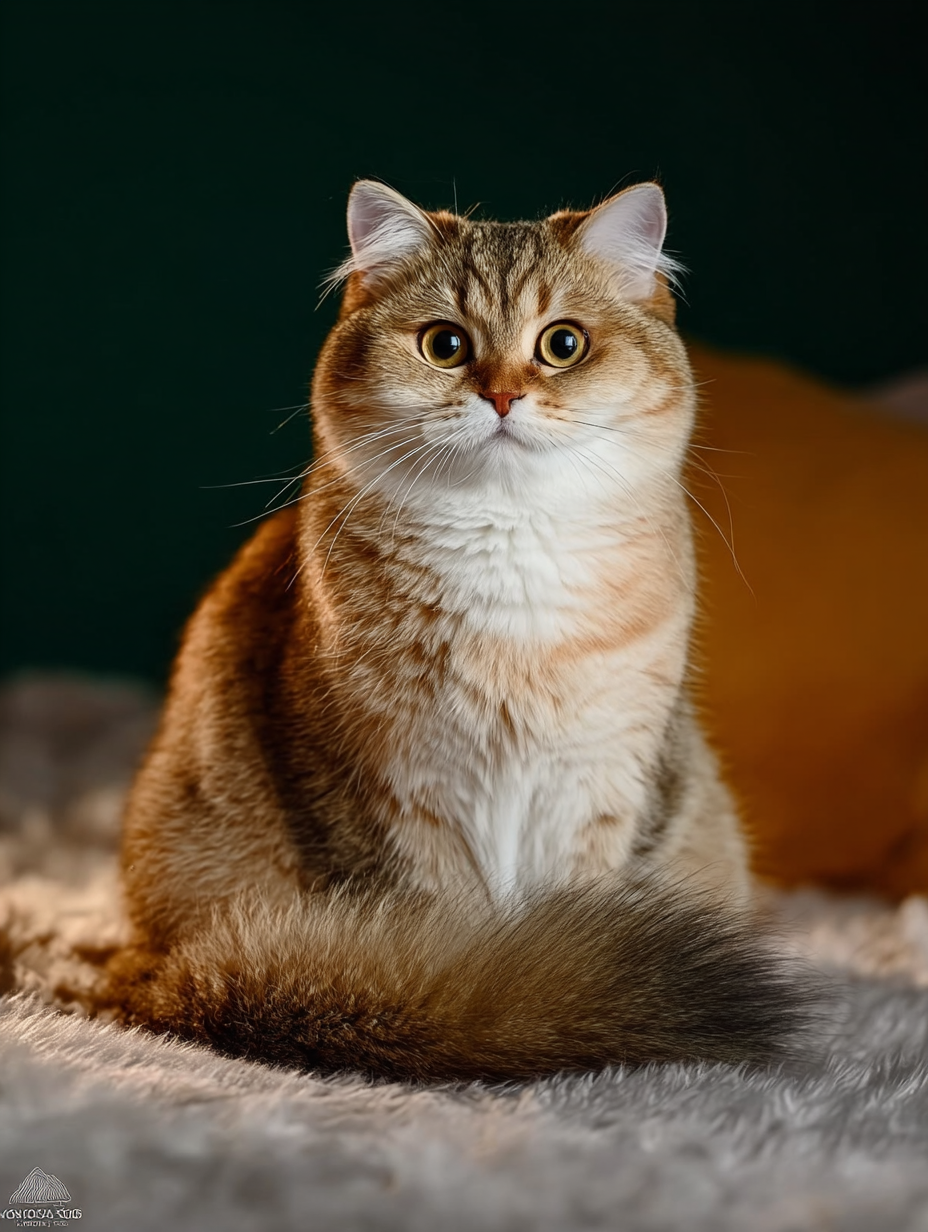
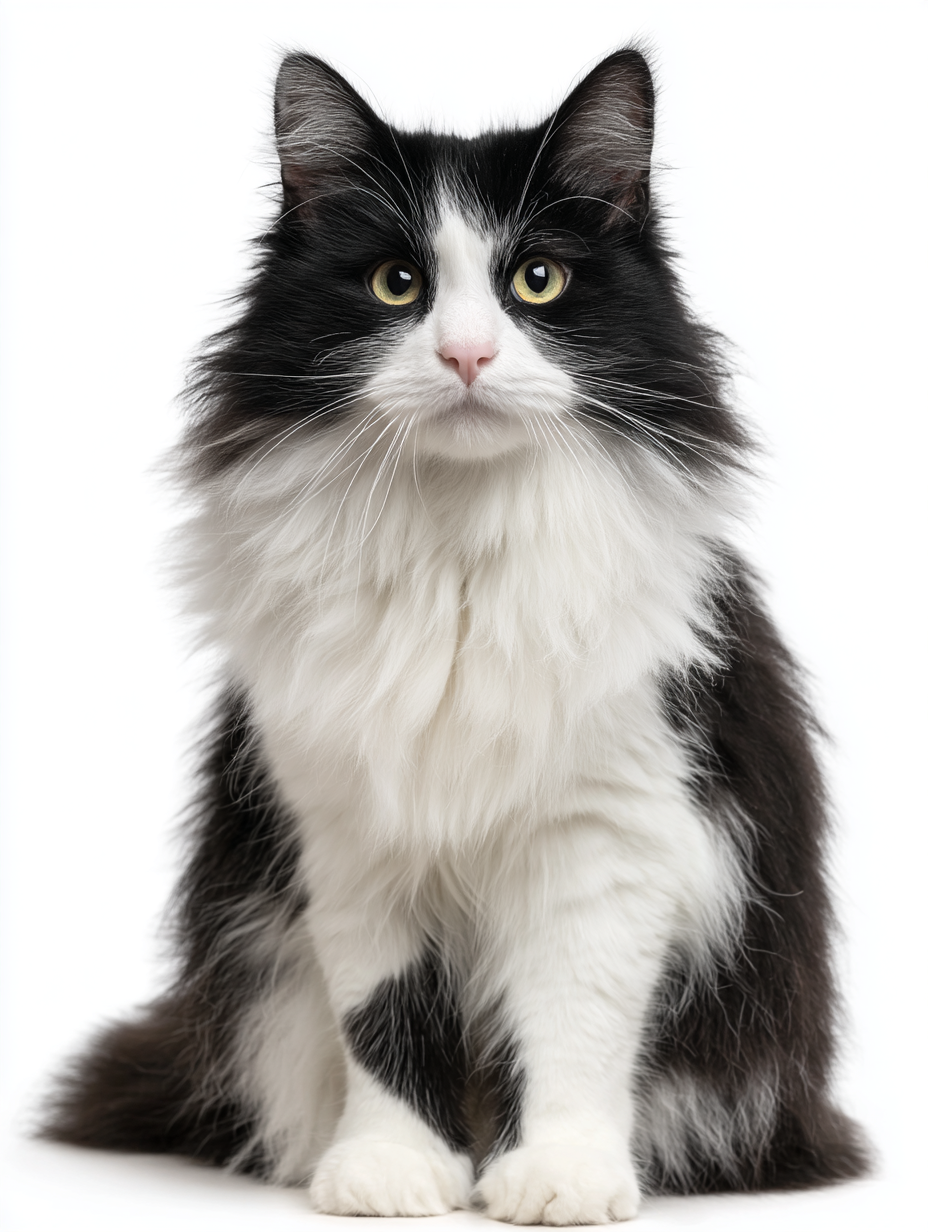
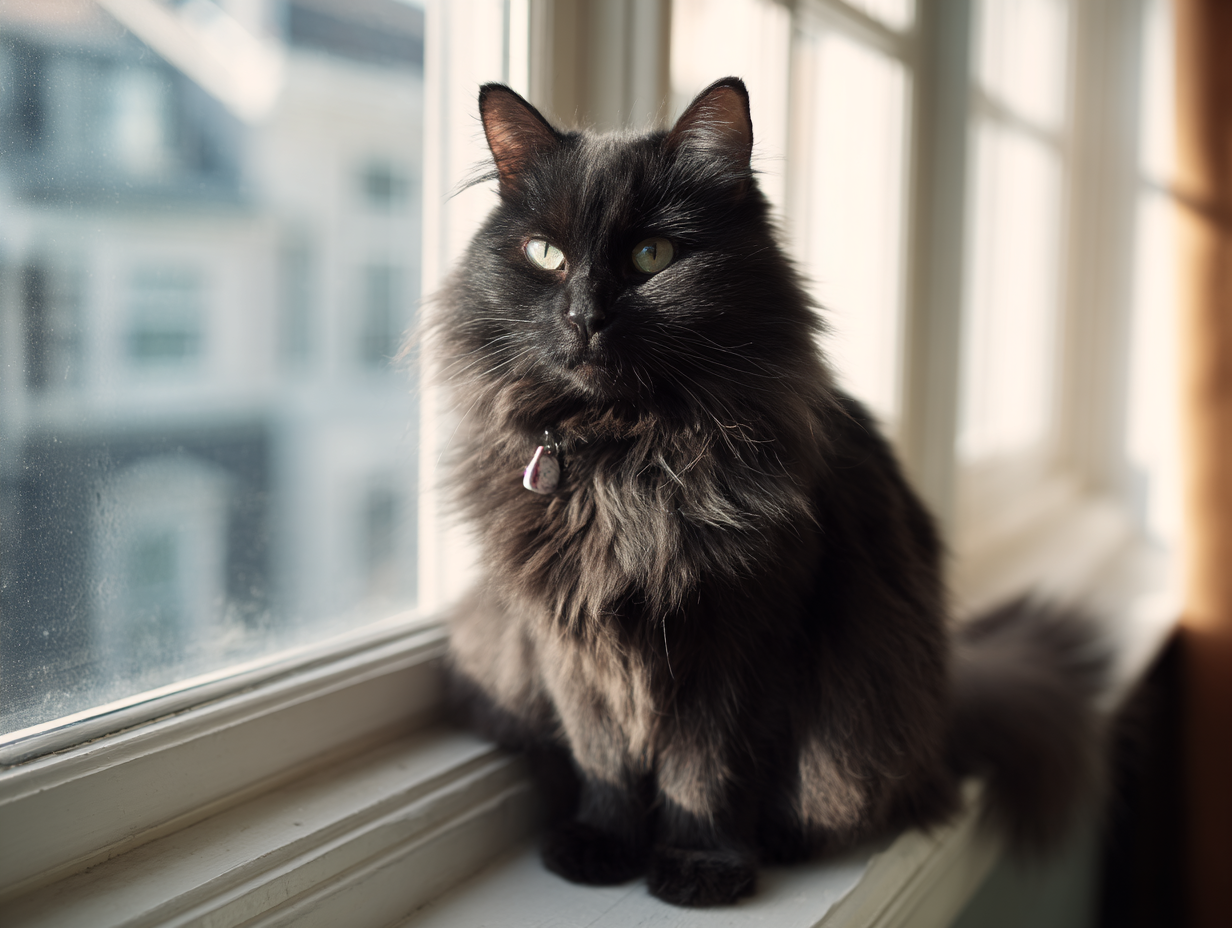
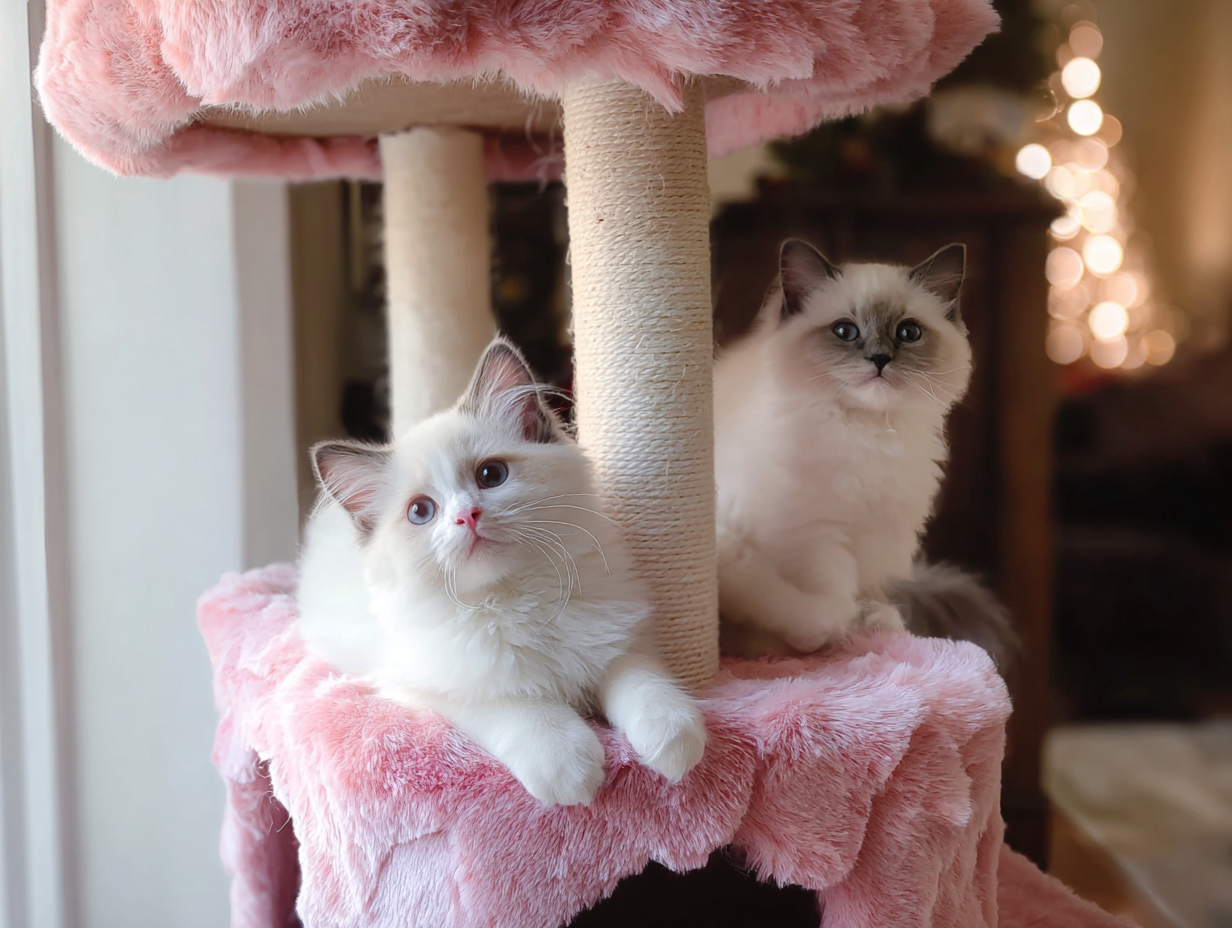
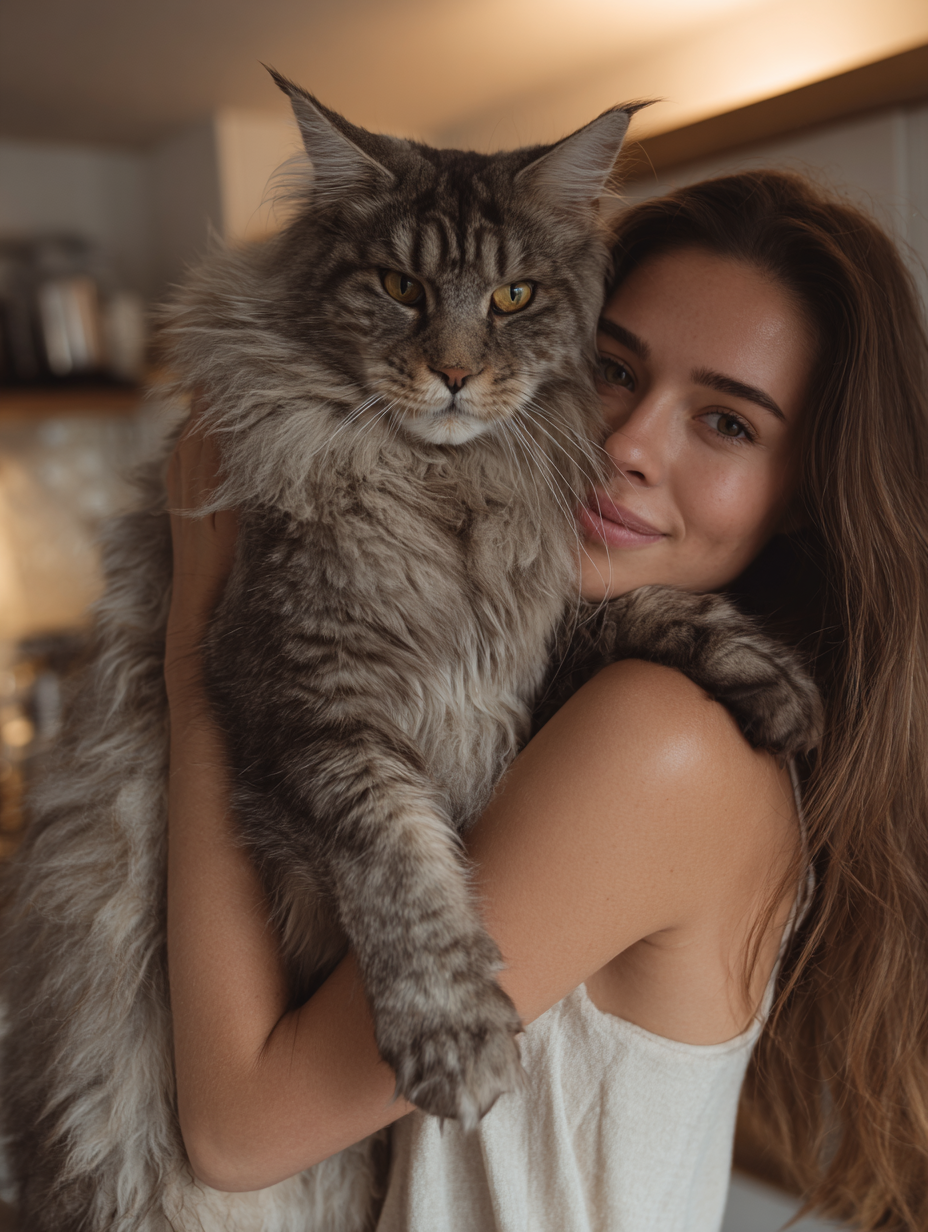

Read the Comments +